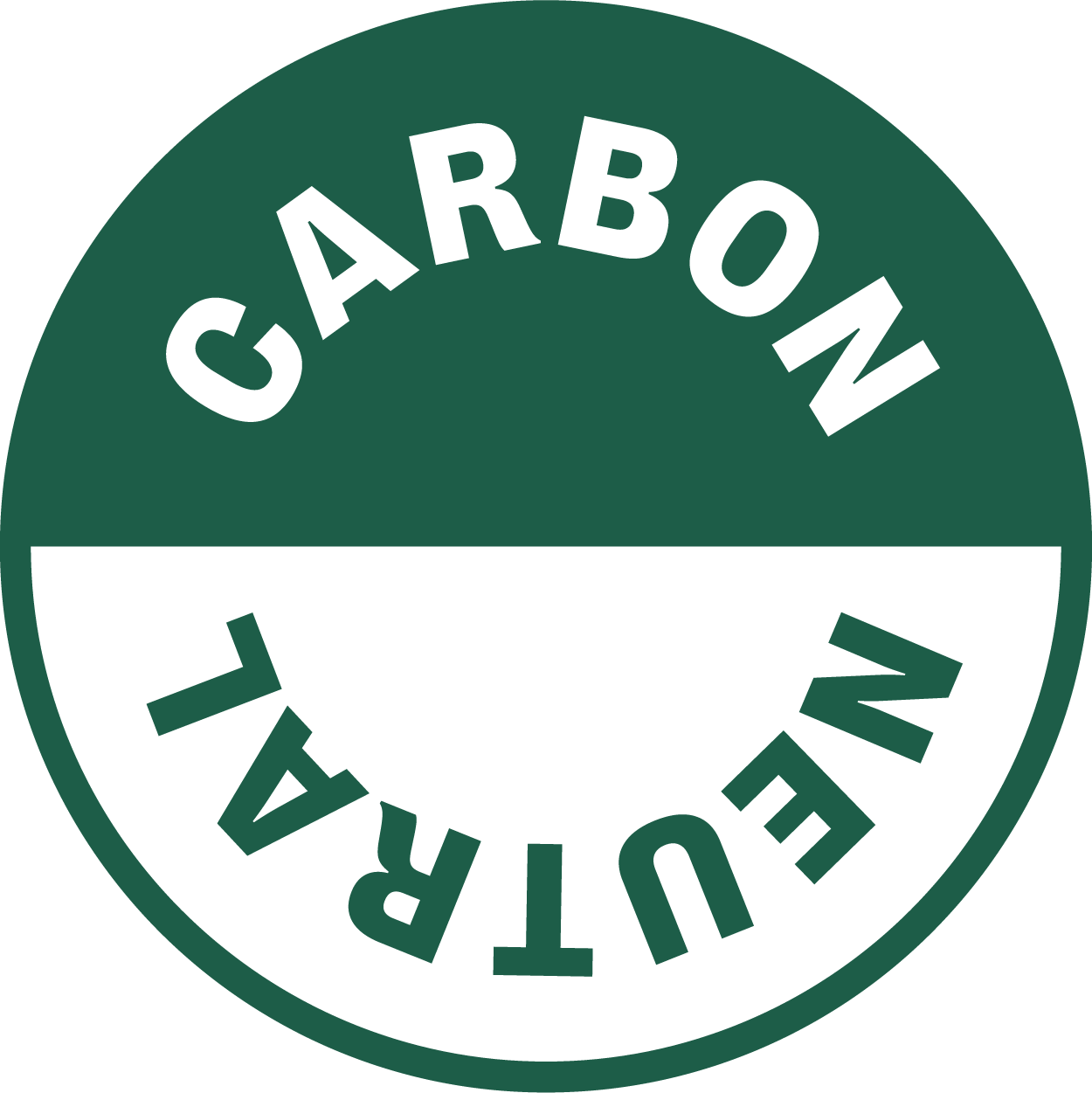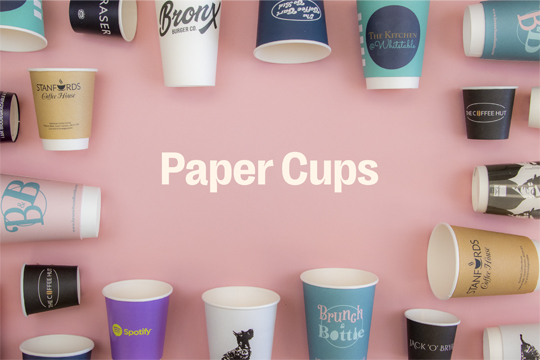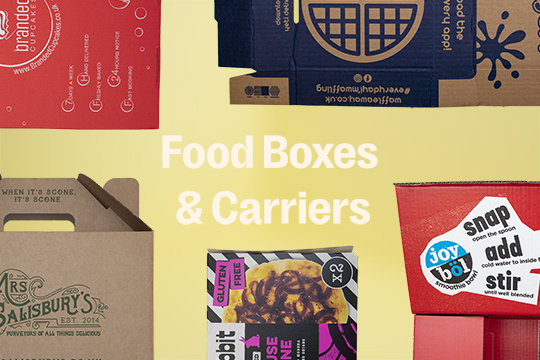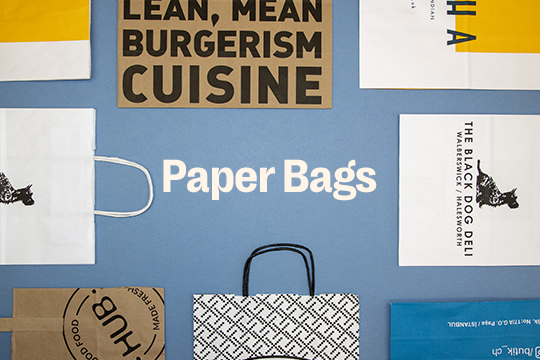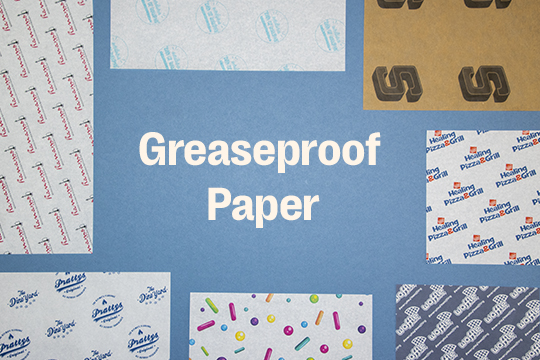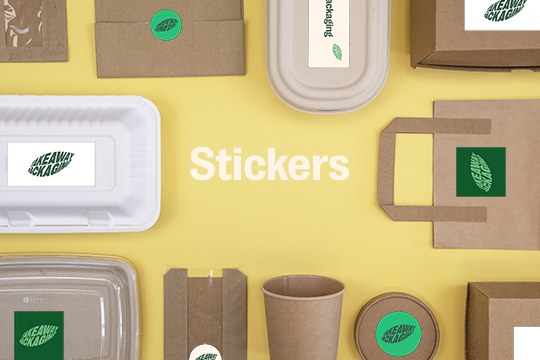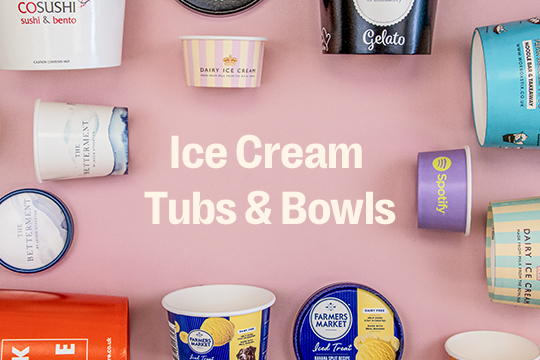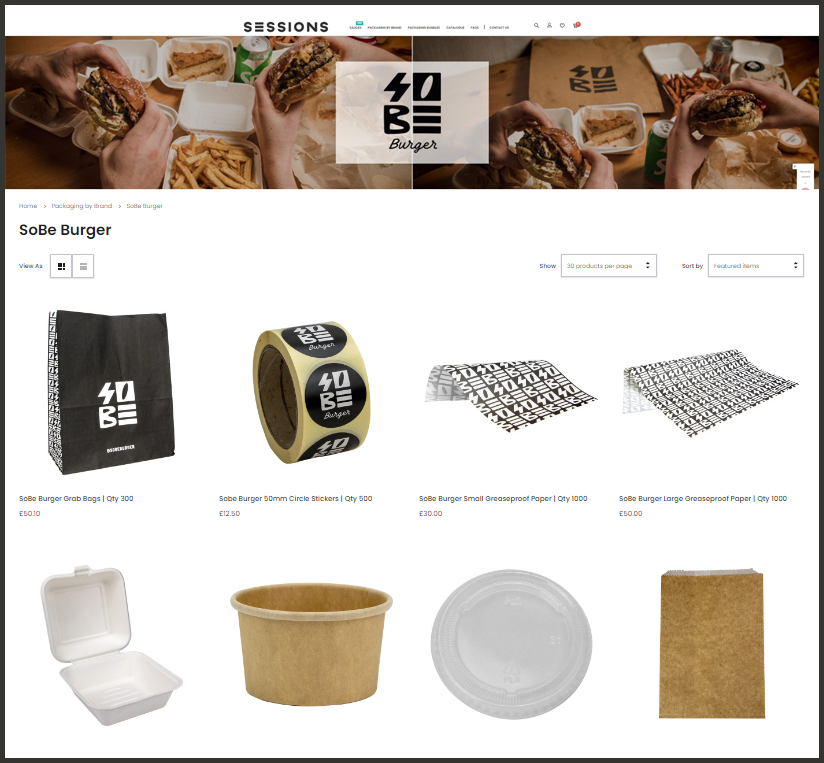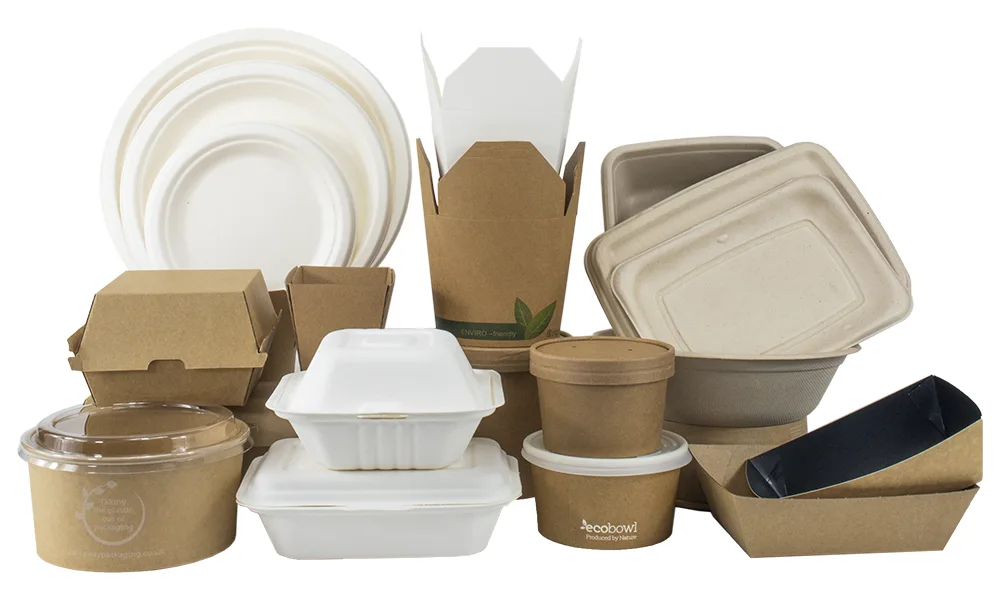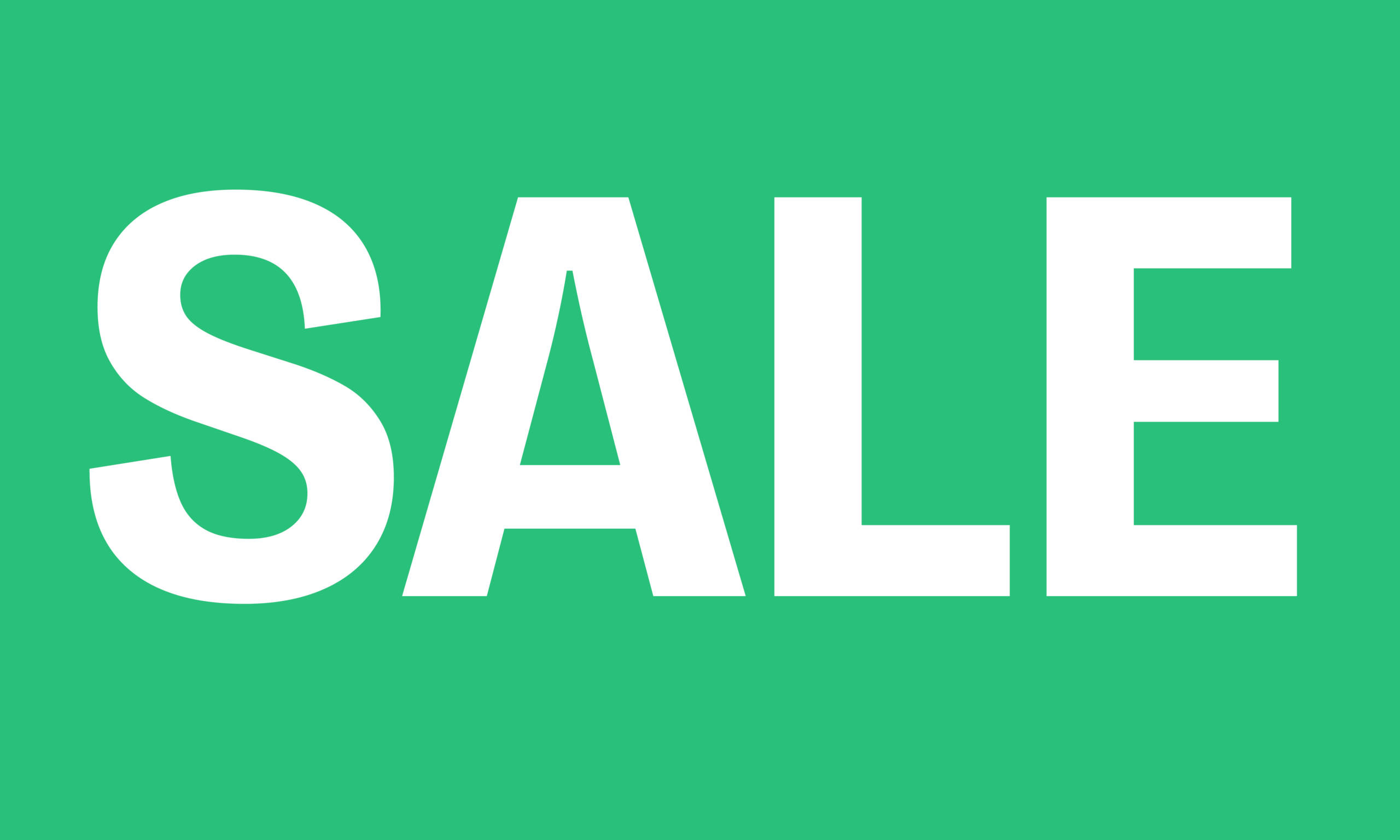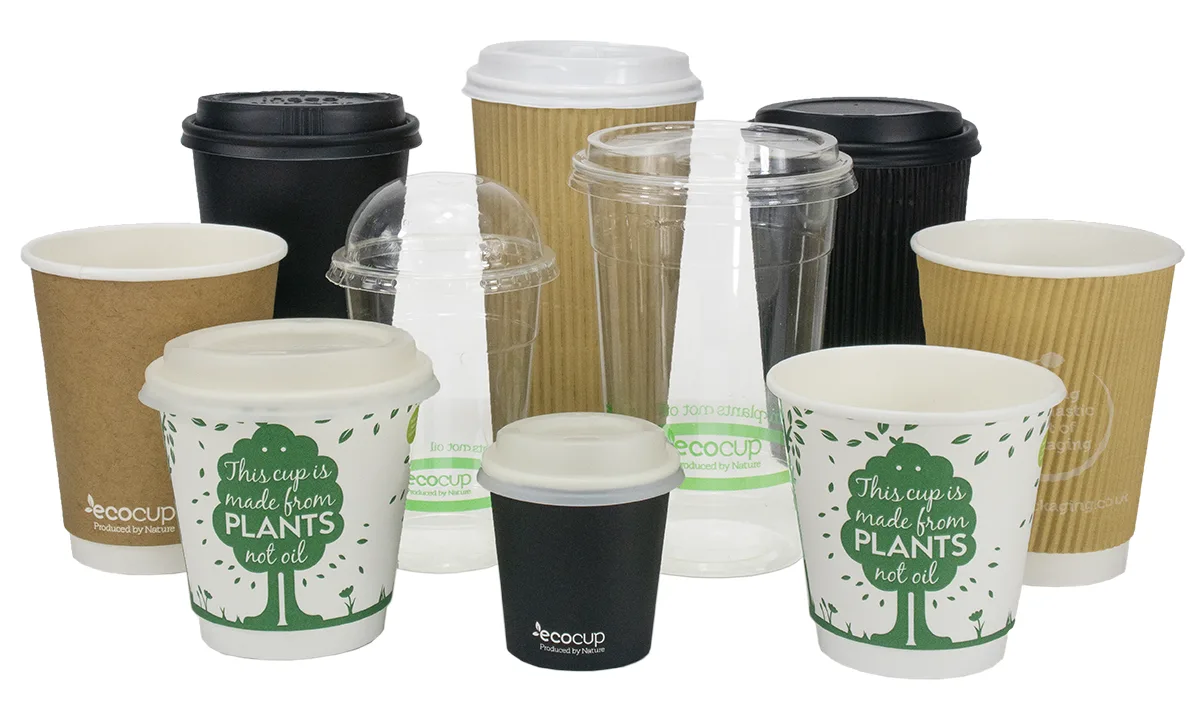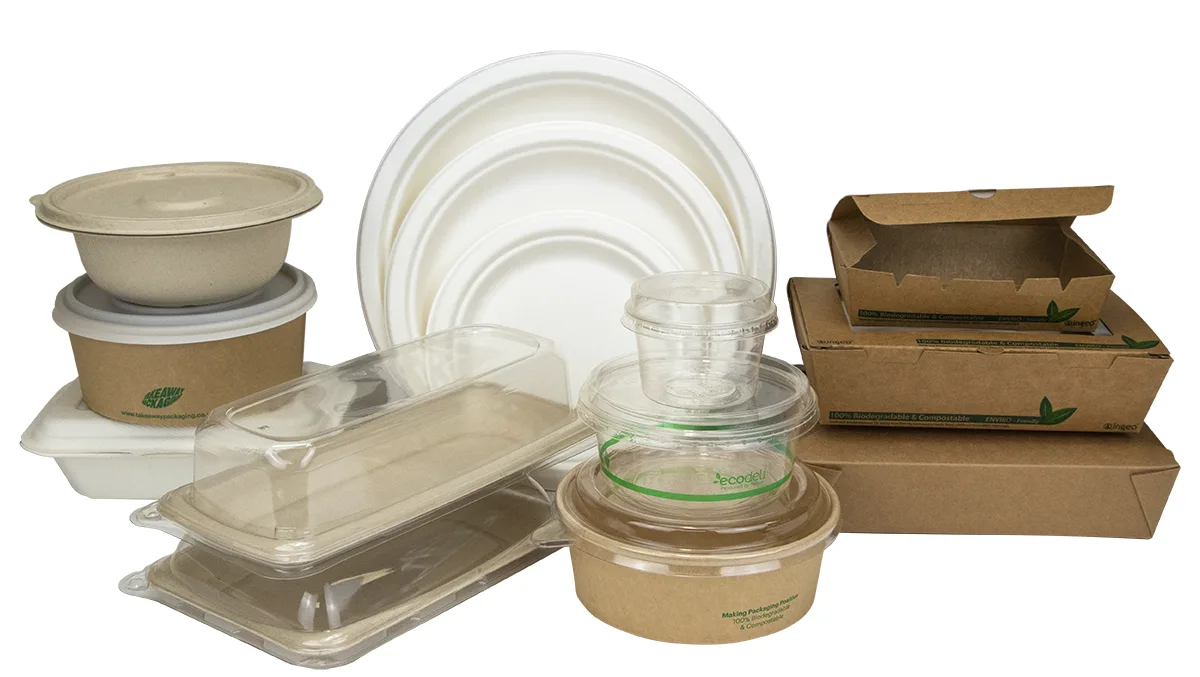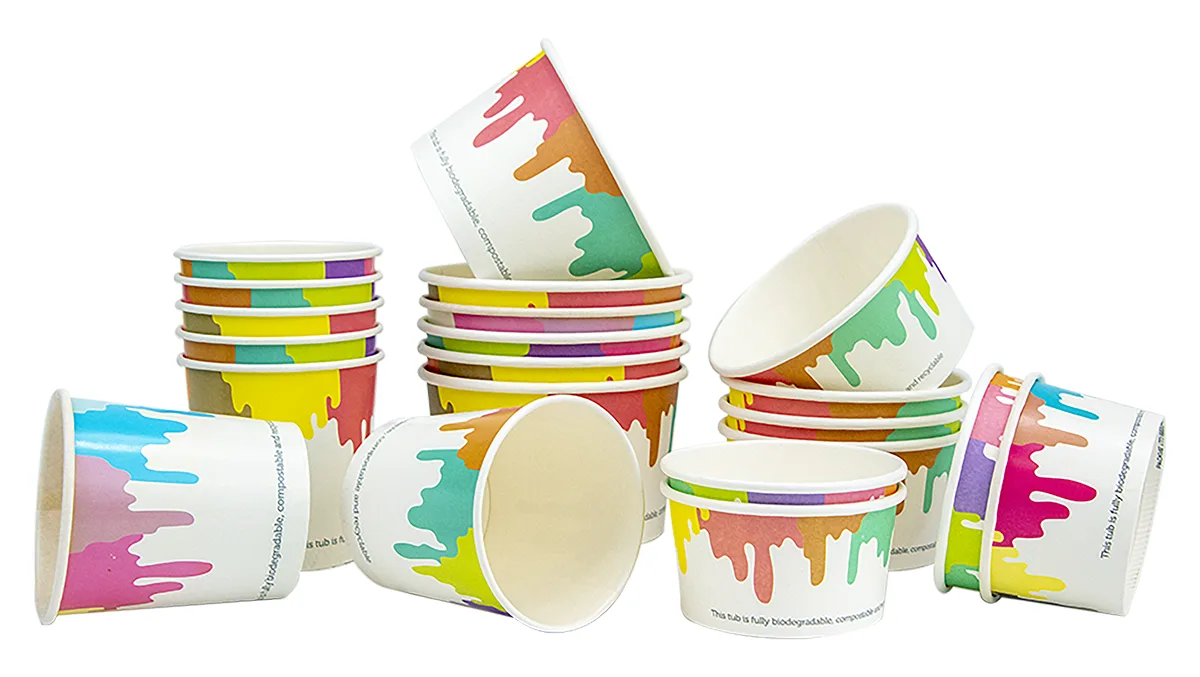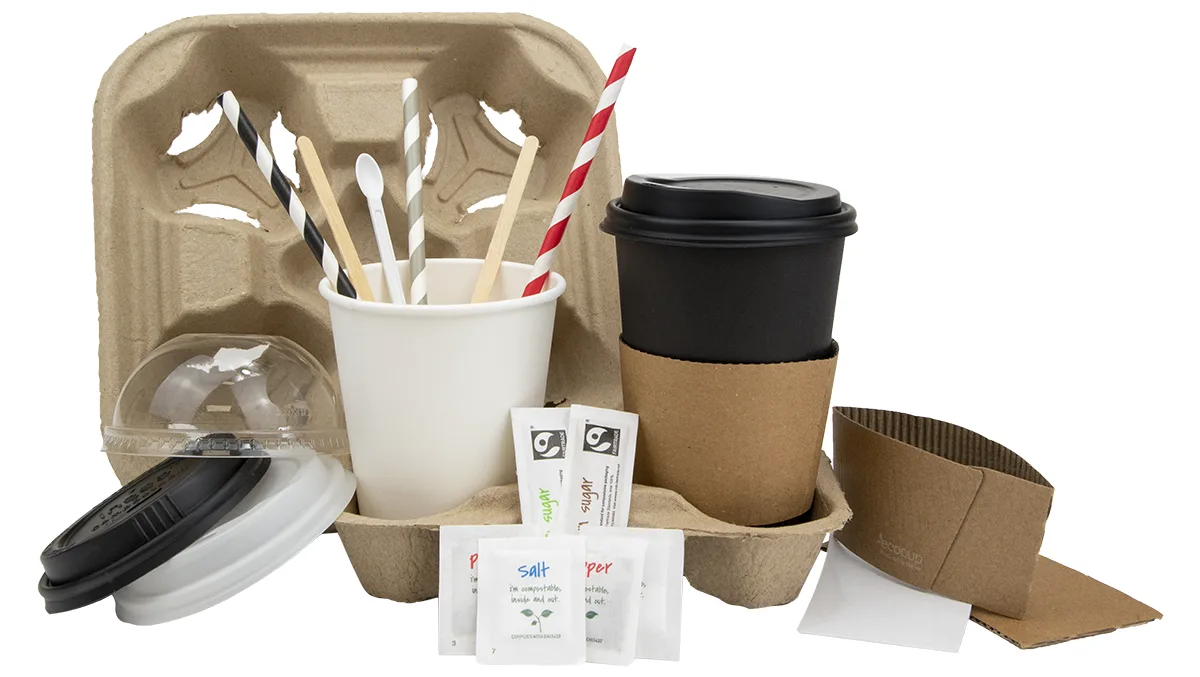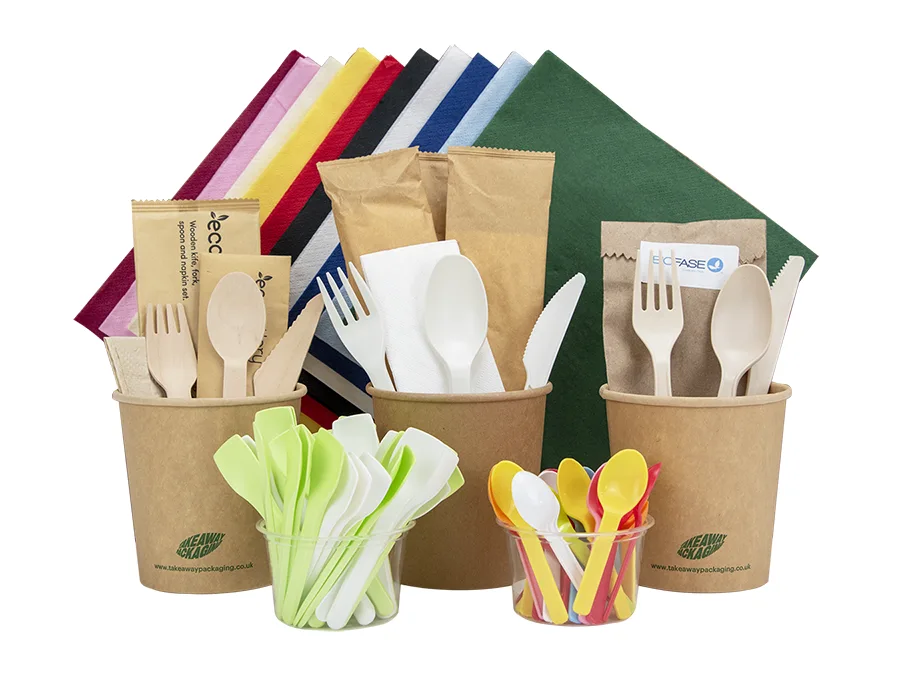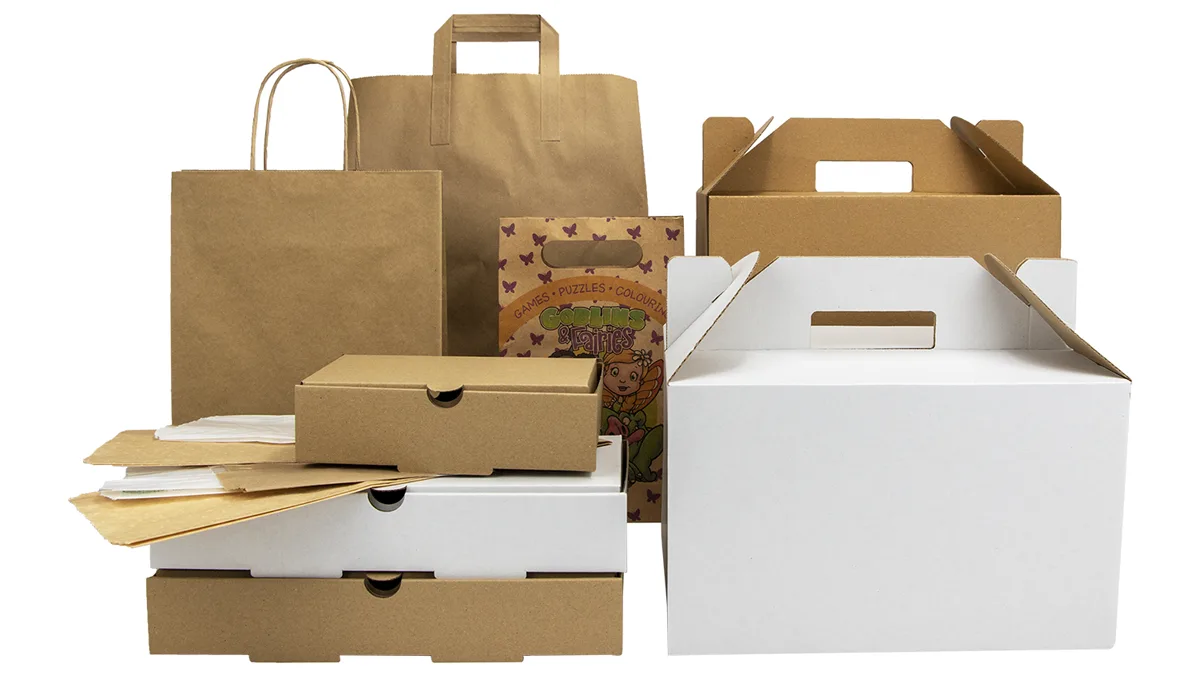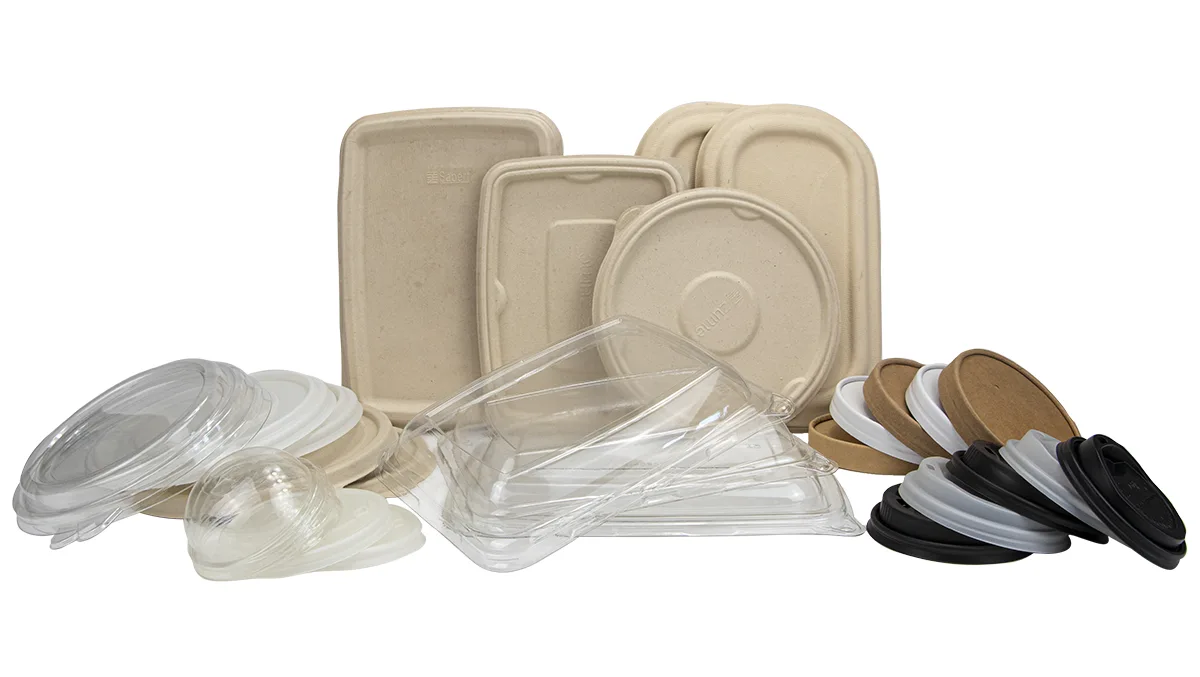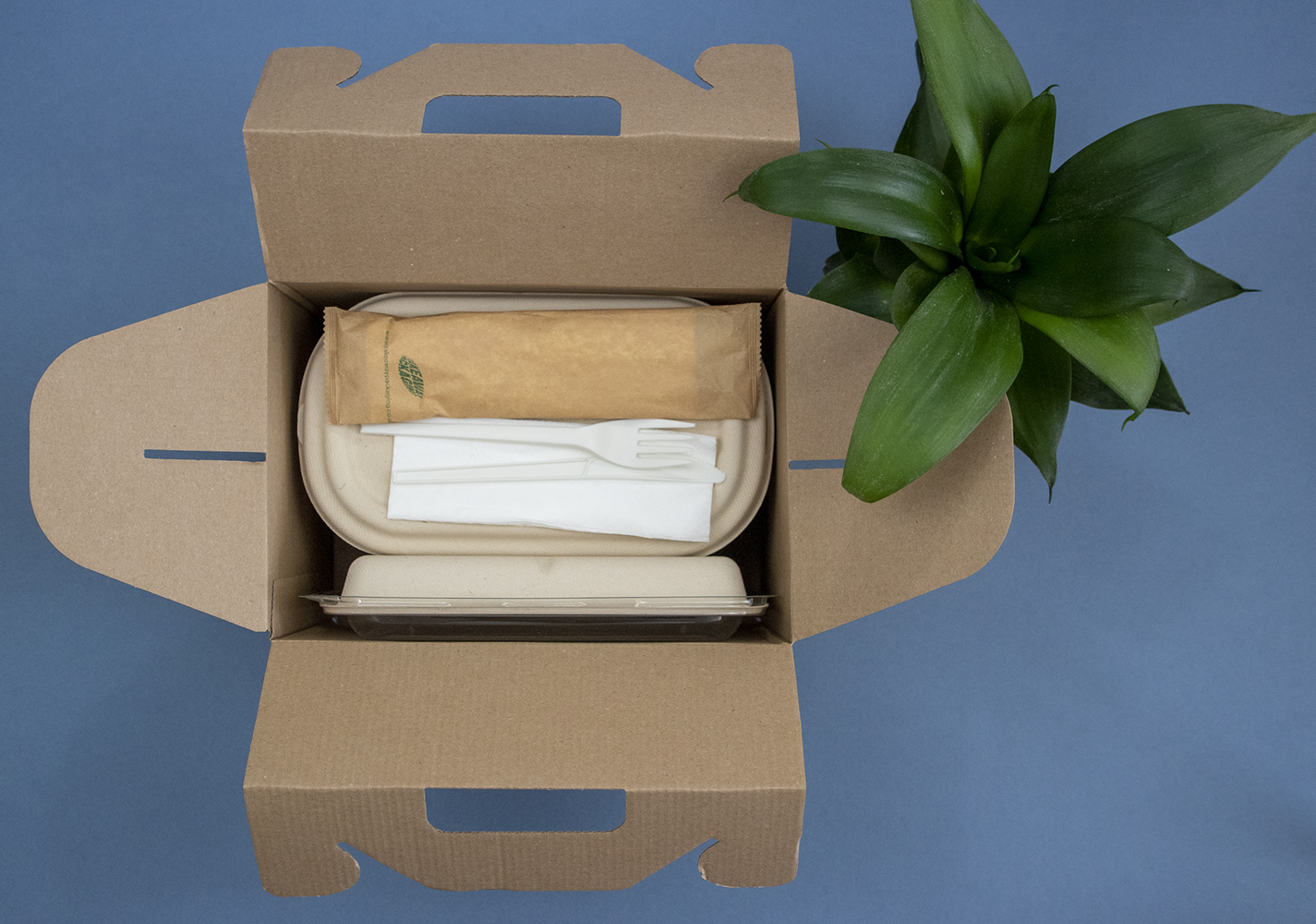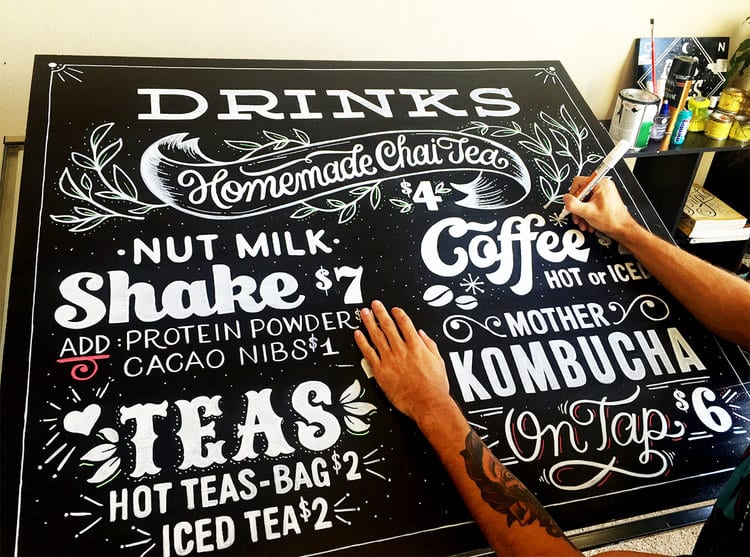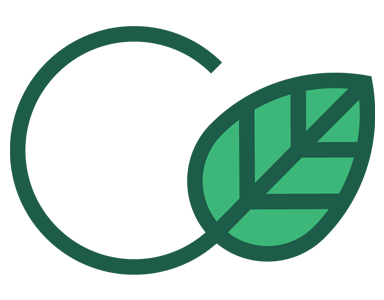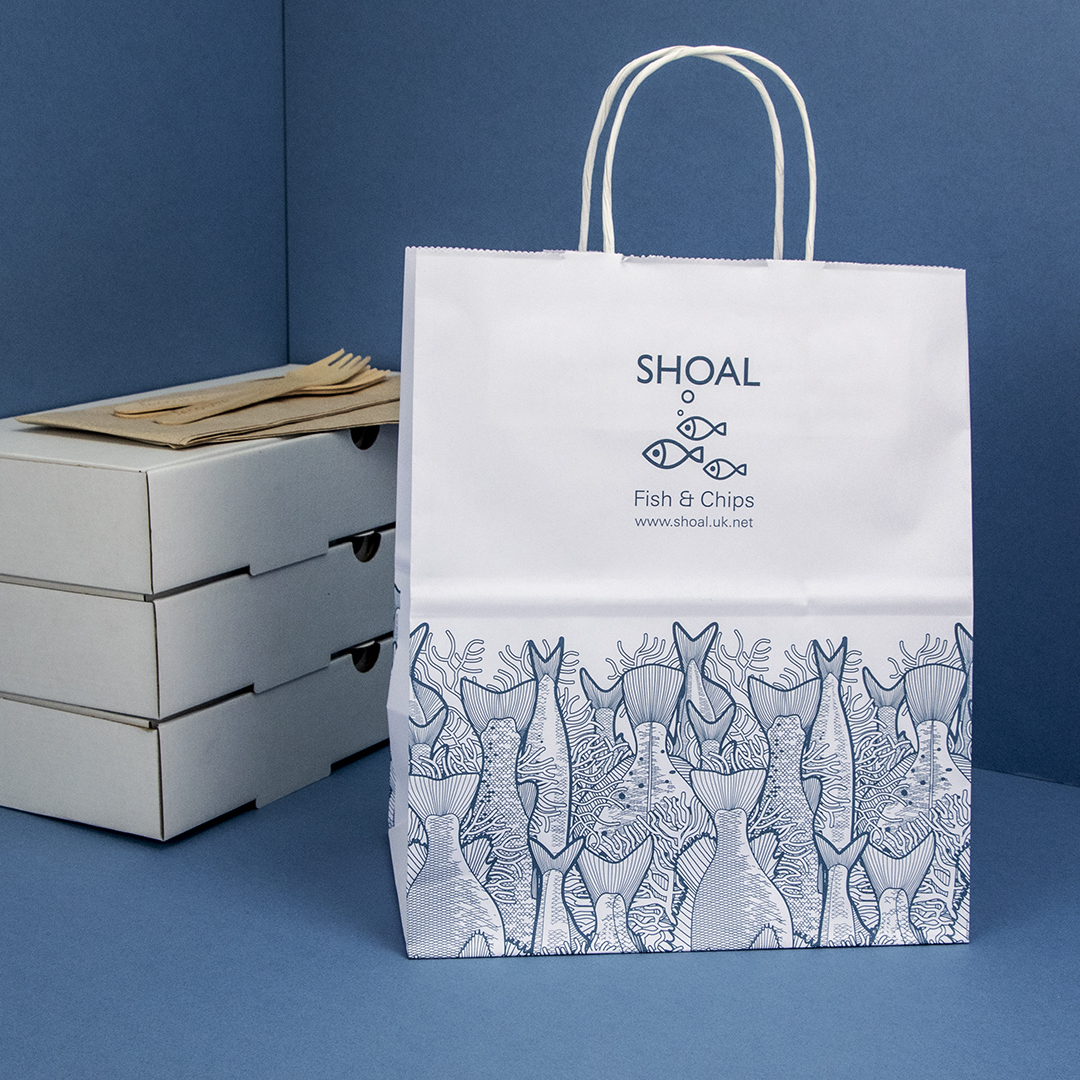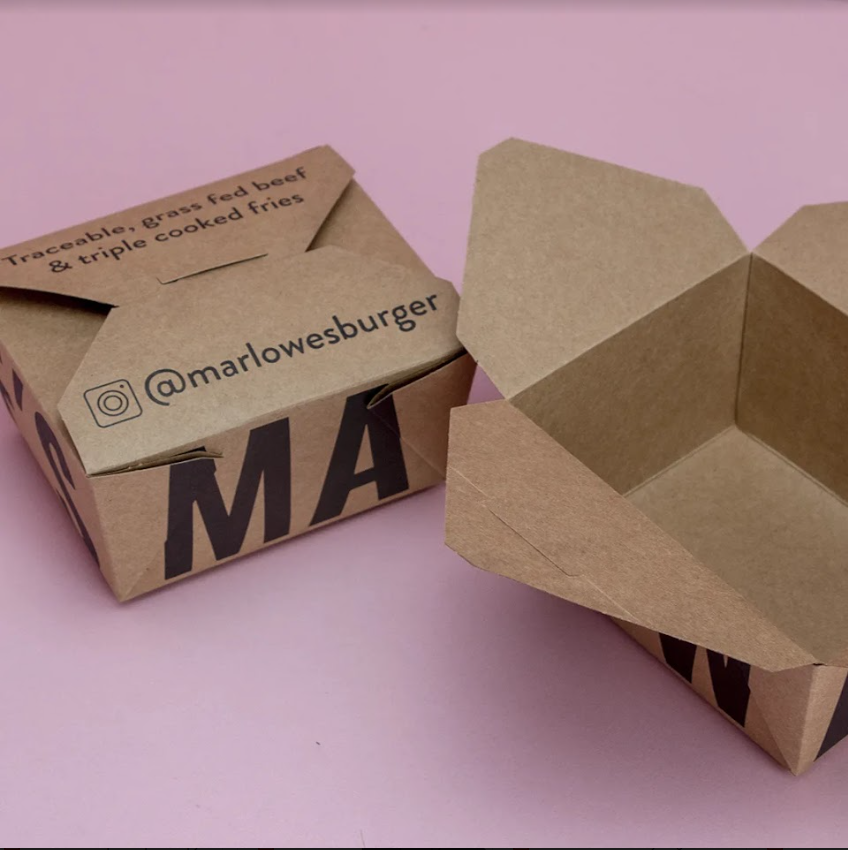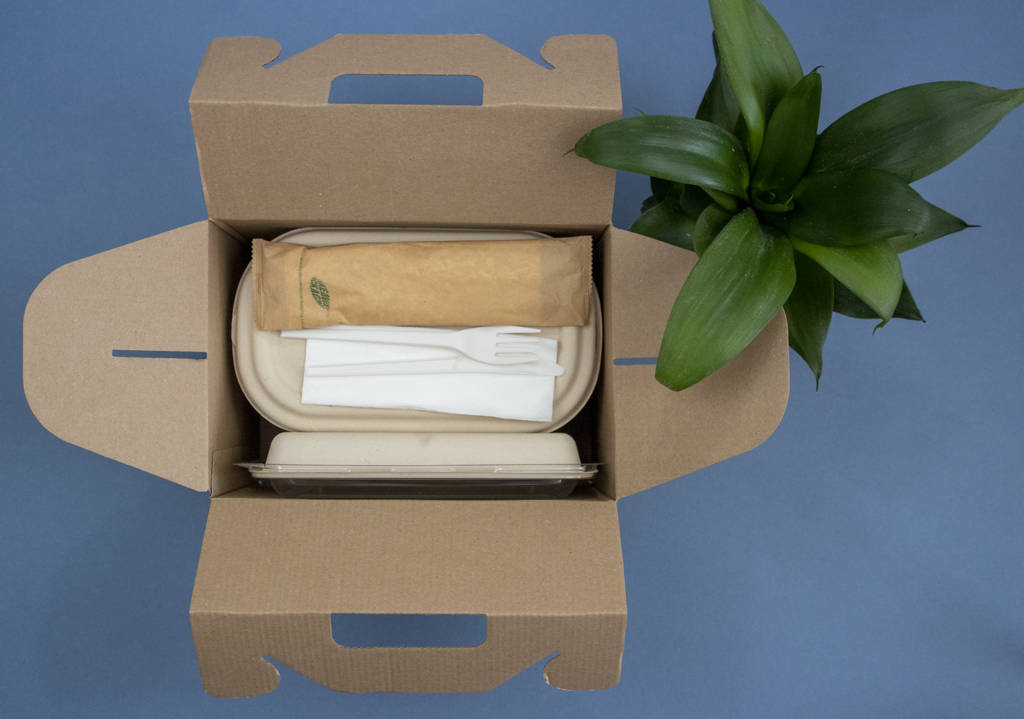
Consumers want eco-friendly packaging solutions. Is reusable food packaging the answer?
Food outlets have been left scrambling for plastic packaging this year. Shortages of cups, straws, and takeout containers have taken their toll, affecting businesses on a global scale. This begs the question: Would we be in the same situation if alternative packaging was available?
Reusable food packaging offers an interesting solution to this problem. If businesses could convince customers to return packaging after use, more packaging would become available for other patrons. It could also reduce waste, converse planetary resources and promote a circular economy.
Is reusable food packaging a cost-effective, eco-friendly solution to the world’s problems, or is disposal packaging here to stay?
What Is Reusable Packaging for Food and Drinks?
Whether it’s at the supermarket or ordering a takeaway, we encounter all manner of reusable packaging for food and drinks:
– Food Bags and Carriers — We’ve come a long way from relying on plastic bags to carry our goods. The plastic bag tax and movements like Plastic Bag Free Day have promoted the use of “bags for life”, tote bags and any other means of transporting food and drinks without single-use plastics. Recyclable, compostable and biodegradable alternatives like paper bags and food carriers have also proven popular amongst businesses and consumers and are perfect for protecting the planet.
– Boxes and Containers — While plastic takeaway containers may seem like a handy addition to your customers’ Tupperware collection, you shouldn’t reuse them due to the harmful effects of phthalates — just some of the hazardous chemicals used in the production of thermoplastics. You can recycle these kinds of boxes and containers if they’re made from the right plastic resin. You must clean them first, so they don’t interfere with recycling. Still, some containers aren’t recyclable, which greatly diminishes the lifecycle of this kind of packaging.
– Cups and Glasses — Reusable cups are incredibly popular with consumers. Most major coffee shops and drinks outlets offer discounts to customers who bring reusable cups with them. But, travellers laden with laptops and burdened with bags might not be carrying their own, making biodegradable cups a great solution that don’t come with the familiar guilt of throwing away disposable packaging.
There’s no avoiding it — disposable packaging offers convenience that reusable packaging can’t. With so many eco-friendly packaging options available, will reusable packaging ever take its place?
Related reading: Can You Reuse or Recycle Plastic Takeaway Containers?
Is Reusable Packaging an Eco-Friendly Solution?
Reusable food packaging comes in many forms, but whether or not it’s the most viable or eco-friendly solution is up for debate. It relies on two parties to fulfil their end of the bargain to make reusable food packaging worthwhile:
1. The manufacturer and,
2. The consumer
Manufacturers need to produce food-safe, eco-friendly packaging products that you can reuse repeatedly. The packaging needs to be sufficiently durable, so it can be reused enough times to offset the environmental cost associated with its production. But making the packaging economically and environmentally viable at scale has proven difficult.
Even if manufacturers successfully create reusable food packaging, the fate of the packaging lies solely with the consumer. Customers using reusable packaging need to act responsibly. Otherwise, the whole endeavour is a waste of time and resources.
Is Reusable Packaging an Eco-Friendly Solution?
Appropriate facilities need to be in place to make this process easier, which is part of the reason for the success of Loop’s reusable packaging in supermarkets. It’s allowed consumers to recycle the packaging for everyday items as they shop. While Loop’s packaging hasn’t reinvented the wheel — we’ve been reusing milk bottles for decades — it’s made supermarket shoppers think twice about the products they buy and their packaging.
There’s also a trial of CLUBZERO by Just Eat, where takeaway containers are returned for cleaning and reuse, but that doesn’t offset the carbon emissions produced by taking the packaging from place to place.
These offerings are still in their infancy, so what does this mean for the future?
Should You Use Reusable or Disposable Packaging?
Part of establishing a circular economy is making sure that everything that’s created serves a purpose further down the line, or at least doesn’t negatively impact the environment. Eco-friendly disposable packaging offers consumers many benefits and convenience and mitigates environmental issues like plastic pollution. Until more effective reusable food packaging becomes available, recyclable, compostable and biodegradable packaging holds the key to unlocking a better future for everyone.
Check out our online shop and discover biodegradable food packaging that doesn’t harm the environment. Need a bespoke solution? Get in touch with us today for a free design quote.

